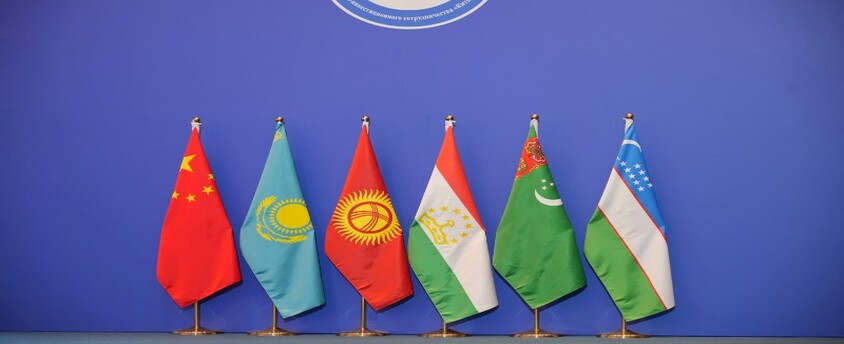Relation between China-Central Asia and India
24, Apr 2023

Prelims level : International Policies & Schemes
Mains level : GS-II India and its neighbourhood- relations.
Why in News?
- China convened a meeting (online) of trade ministers of the grouping known as C+C5.
About C+C5:
- It constitutes China and the five Central Asian republics, namely Uzbekistan, Kazakhstan, Tajikistan, Turkmenistan, and Kyrgyzstan.
China and Central Asia:
- China shares a long history of trade, culture, and people-to-people links with the Central Asian region, which lies on the ancient Silk Route.
- Modern China’s involvement with the region began with the break-up of the Soviet Union in 1991.
- Diplomatic relations were established in 1992, and China’s relationship with the region was institutionalised as the Shanghai Five, the forerunner of the Shanghai Cooperation Organisation (SCO).
Benefits for China:
- Central Asia is a readymade market for cheap exports and gave China overland access to markets in Europe and West Asia.
- The region is resource-rich, with massive gas and oil reserves, and strategic minerals such as uranium, copper, and gold.
- China also had another priority in its relationship with these countries – to ensure peace in Xinjiang Autonomous Region, which forms its frontier with Central Asia.
- The BRI plays a critical role as a transit hub for China’s trade with Europe.
Benefits for C5:
- Chinese investments helped to upgrade Soviet-era infrastructure and carry out development works in these countries.
- President Xi launched his Belt and Road Initiative (BRI), a modern version of the Silk Road, during his 2013 visit to the Kazakh capital Almaty.
- Beijing has also pumped billions of dollars in investments that cover projects from oil and gas exploration, rail, road and seaport connectivity to digital technologies and green energy.
- Access to the Pacific Ocean and East Asia to the landlocked region.
- China, unlike the West, asks no questions about their governance or human rights record.
Friction points between China and Central Asia:
- Beijing’s targeting of the Muslim population of Xinjiang has triggered resentment in these countries, where Islam is the principal religion.
- The increasing presence of Chinese workers and rapid land acquisitions by China in these countries has led to public protests.
China’s ‘Grand Plan’ for Relations:
- The region is economically dependent on Russia, which is also Central Asia’s net security provider.
- Russia’s trade with these countries has increased over the last year, as it attempts to find substitutes for imports from Europe.
- Russia also has a huge migrant population of Central Asians who bind the region to it in economic dependency.
- Russia and China are now competing for the title of the top trading partner in the area. The trade between China and the five countries reached $70.2 billion last year.
- Beijing is making use of Russia’s preoccupation in Ukraine to push Moscow out of its own strategic backyard.
- The Ukrainian invasion has given rise to fears (among Central Asian countries) that a security relationship with Moscow could prove to be a double-edged weapon.
India and Central Asia:
- While India has trading ties with these countries, it is hindered by the absence of a land route to Central Asia, with Pakistan denying its passage and Afghanistan being uncertain territory after the Taliban takeover.
- The Chabahar port in Iran offers an alternative route, but it is not fully developed yet.
- Also, India’s relationships in the region (including in the SCO) remain security-driven.
- There have been suggestions that India should provide connectivity for people and trade in Central Asia through “air corridors”, as it had done for Afghanistan.
- As a first, New Delhi made its biggest outreach to Central Asia, when the PM of India hosted a virtual summit of the C5 last year.
- New Delhi’s leadership of the SCO this year may provide it with an opportunity to diversify relations with this strategic region.






